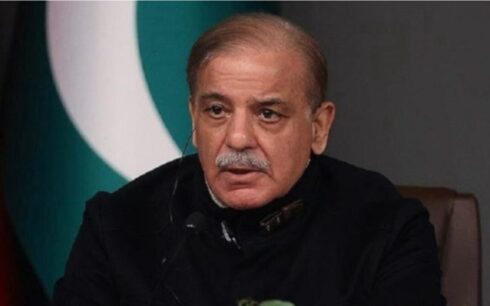India, with a population of over 1.4 billion, is projected to become the world’s most populous country sometime later this month, April, according to United Nations projections – overtaking China in the process.
India’s 2011 census had put the country’s population at 1.21 billion, meaning the country has added 210 million, or almost the number of people in Brazil, to its population in 12 years.
India has managed to control its population growth with the total national fertility rate falling a touch below the replacement level to 2.0, according to official data for 2019-21. But within the country, there are wide disparities in the fertility rate, reflecting the mixed successes of decades-old population control programs.

The population explosion is posing its own challenges with a massive and young workforce in the years to come expected to migrate to urban areas within their own and other states, leading to rapid and large-scale increases in urban population. Providing these migrants access to basic amenities, health and social services in urban areas could also prove to be a challenge for policy planners.





